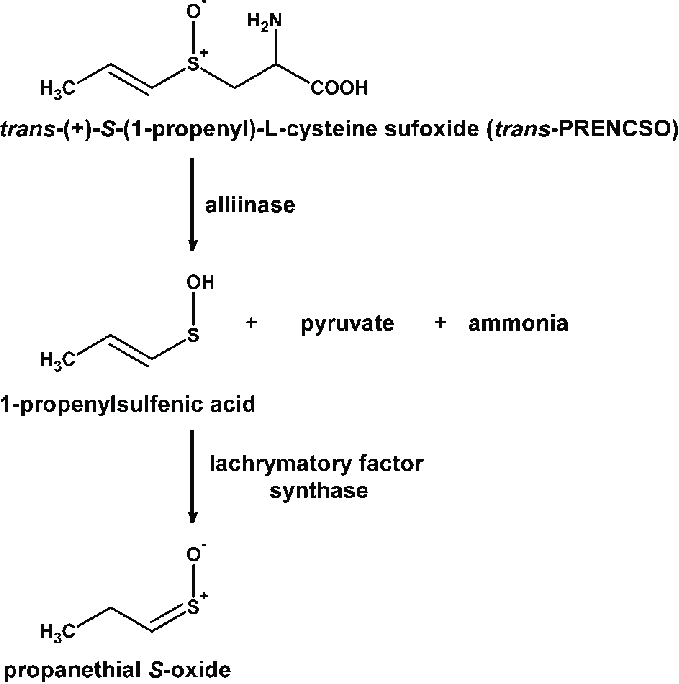THE FUTURE OF SMART BIOMATERIALS
- Kailash T D
- Mar 19
- 2 min read
Hydrogels, long known for their versatility in biomedical applications, are now proving themselves in an unexpected field—video games. Researchers from the University of Reading, have demonstrated that non-living hydrogels can remember the past interaction and can improve their performance in classical video games.
The memory within the hydrogels is a core breakthrough in the present day. Hydrogels are polymers that swell in water, similar to natural polymers such as gelatin and agar and when exposed to electrical stimulation, ions within them move, dragging water molecules and causing the material to change shape. This movement of ions creates a form of memory where hydrogels can further respond to the past experiences.

The connect of neurons and hydrogels
According to the latest research, scientists have explained that ionic hydrogels can achieve the same kind of memory as of neural networks of the human brain, As they were inspired by the performance of dish brain cells in playing pong when stimulated with same source of electric signals.
As the working of both hydrogels and neurons are based on the migration of ions, which further leads to a question Can simple artificial systems create closed loops like the feedback loops in our brains that help us control our bodies?
How It Works
To test this, researchers connected a hydrogel to a virtual Pong environment. The position of the game's paddle was determined by the distribution of charged particles within the hydrogel, and electrical stimulation was used to inform the hydrogel of the ball’s position.
Over time, the hydrogel improved its hit rate by up to 10%, indicating an emerging form of memory and learning.
Implications and Future Directions
This research suggests a new paradigm in artificial intelligence, one that does not rely on complex neural networks but instead uses simpler, memory-driven processes within materials. The potential applications of this technology are huge, from developing new algorithms to creating adaptive materials in robotics and beyond.
In the future, researchers aim to dig deeper into the mechanisms behind this memory and explore whether these hydrogels can exhibit more sophisticated forms of learning, potentially paving the way for new intelligent systems.
Conclusion
Hydrogels playing pong makes us more fascinated by the future of smart biomaterials and its applications in robotics and various other disciplines of science.
This research broadensthe understanding of memory in nonliving systems and opens a new area for innovation in technology and artificial intelligence
About the Author:
Kailash T D
Biotech Undergraduate
Reference:
https://www.reading.ac.uk/news/2024/Research-News/Hydrogel-brain-learns-to-play-pong
https://www.cell.com/cell-reports-physical-science/fulltext/S2666-3864(24)00436-3 (Vincent Strong et al., 2024)
https://www.researchgate.net/figure/Schematic-design-of-ionic-hydrogels-a-TOCN-network-b-ion-immersed-hydrogel-c-ionic_fig3_351132845 (Enwen Zhu et al., 2024)
Image Reference:
1. https://www.researchgate.net/figure/Schematic-design-of-ionic-hydrogels-a-TOCN-network-b-ion-immersed-hydrogel-c-ionic_fig3_351132845 (Enwen Zhu et al., 2024)





Comments